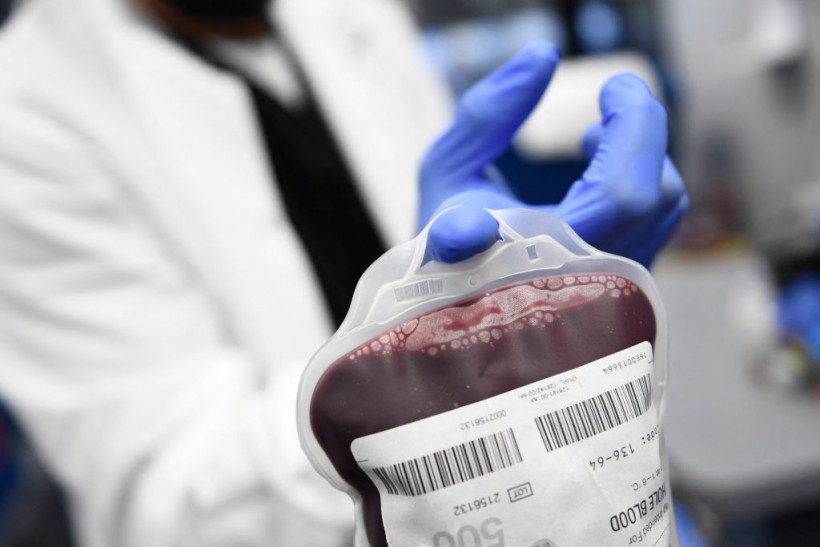
The first case of West Nile Virus was contracted via blood donation.
A patient contracted West Nile virus through blood donation, and West Virginia has now reported its first instance of the disease.
1st Case in West Virginia via Blood Donation
West Nile virus reported in West Virginia, its first case of transmission has been linked to blood donation.
The specific incident unfolded in Hardy County, as confirmed by the Centers for Disease Control.
Data showed that the blood donation came from "presumed viremic blood donors" (PVD), who tested positive for the virus in their blood after donating, yet displayed no symptoms at the time of donation.
This phenomenon underscores the potential for asymptomatic carriers to contribute to the spread.
Across the US, a total of 27 states have reported cases of human West Nile virus infection as of 2023, emphasizing the widespread nature of the issue.
West Nile Virus via Mosquito Bites
Mosquitoes transmit the West Nile virus, picking it from infected birds before spreading it to people and animals.
The CDC's findings indicated that 80% show no virus signs, while one in five experiences symptoms like fever, rashes, and headaches.
Most with mild symptoms fully recover, but illness fatigue may persist for months.
Healthcare experts suggest repellent, long attire, and pants to reduce mosquito bite risk.
The latest CDC data, until August 15, reported 190 confirmed human West Nile cases this year, underscoring the need for vigilance and preventive measures.
Virus Transmission
The majority of the time, bites from mosquitoes that are infected result in human infection.
When mosquitoes feed on sick birds, which have the virus in their bloodstreams for a few days, they become infected. Eventually, the virus enters the salivary glands of the mosquito.
The virus may be introduced into people and animals at later blood meals or when mosquitoes bite, where it might grow and perhaps cause sickness.
Contact with other affected animals, their blood, or even other tissues can also spread the infection.
Human illnesses have very seldom been transmitted through breast milk, blood transfusions, or organ transplants.
One instance of transplacental (mother-to-child) West Nile virus transmission has been documented.
Although WNV has been reported to have been transmitted to laboratory employees, there hasn't been any evidence of it spreading from person to person through casual contact or from healthcare workers to patients when normal infection control measures have been followed.
Also Read: Yellow Fever Mosquito: Among Two Invasive Species Reported in Santa Clarita Valley, California
Historic Data: Outbreaks
Discovered in a Ugandan woman in 1937, West Nile Virus (WNV) emerged in birds in the Nile Delta by 1953.
Previously non-pathogenic to birds, a virulent strain caused avian deaths with encephalitis and paralysis in 1997 Israel. WNV-induced human infections have been documented globally for over 50 years.
In 1999, an Israeli-Tunisian WNV strain sparked a major outbreak in New York, subsequently sweeping across the continental USA till 2010.
This event underscored the global threat posed by vector-borne pathogens expanding beyond their native regions.
Greece, Israel, Romania, Russia, and the USA witnessed significant outbreaks, often coinciding with bird migration routes.
Though originally prevalent in Africa, Europe, the Middle East, West Asia, and Australia, WNV has since spread widely from Canada to Venezuela post its 1999 US introduction.
Related Article: Dengue in Florida Nearing 200 Cases This Year with 10 Not From State
© 2024 NatureWorldNews.com All rights reserved. Do not reproduce without permission.




![Roundworms with Short Memories 'Stop Forgetting' When Frozen or Given Lithium [Study]](https://1471793142.rsc.cdn77.org/data/thumbs/full/70295/280/157/50/40/roundworms-with-short-memories-stop-forgetting-when-frozen-or-given-lithium-study.jpg)
